So you’re able to shot the next theory we used formula 2 to examine the newest association between perceived counselor association and you may introject association round the days inside the procedures and therapy category. Our very own number one details integrated: 1) the brand new dimensional reviews of counselor affiliation having introject affiliation and you will 2) this new SASB class studies away from affiliative conclusion as well as specialist affirm which have introject care about-affirm http://www.datingranking.net/it/siti-di-incontri-musulmani, therapist effective like having introject productive mind-love, and therapist manage which have introject care about-manage. New four HLM analyses examining the organization ranging from this type of variables in the DBT, when ranked at the same comparison months, just weren’t extreme neither were brand new separate ramifications of therapist association towards the introject affiliation.
DBT people just who said higher critiques regarding therapist active love reported much more introject notice-like in the following the investigations months, B = 0
Using the same variables, we ran a series of four lagged HLM analyses examining the association between ratings of the therapist behavior and next period ratings of introject. Dimensional ratings of therapist affiliation on next period introject affiliation in DBT were not significant nor were the independent effects of therapist affiliation on next period introject affiliation. Analysis of the lagged association between the SASB clusters revealed two significant findings. 23, SE = 0.08, t(97) = 2.99, p < 0.00, CI = 0.08, 0.39. Similarly DBT patients who reported greater ratings of therapist protect reported an increase in introject self-protect in the following assessment period, B = 0.18, SE = 0.09, t(97) = 2.11, p < 0.04, CI = 0.01, 0.35. Results were not significant for an increased association between therapist affirm and next period ratings of introject self-affirm in DBT.
In comparison to CTBE, DBT patients reported a stronger, positive association between therapist affirm and next period ratings of introject self-affirm, B = -0.37, SE = 0.21, t(96) = -2.25, p < 0.03, CI = -0.69, -0.04. In contrast, CTBE patients reported a tendency for the opposite pattern where higher ratings of therapist affirm predicted less introject self-affirm in the following assessment period. DBT patients also reported a stronger, more positive association between therapist active love and next period ratings of introject self-love compared to CTBE, B = -0.26, SE = 0.11, t(97) = -2.32, p < 0.03, CI = -0.47, -0.04 (See Figure 5 ). Results were not significant when comparing treatment differences in the lagged association between therapist protect and introject self-protect or dimensional ratings of therapist affiliation and introject affiliation.
Theory Four: Improved specialist affiliation is associated with the less common NSSI in the DBT
The fourth hypothesis examined the association between SASB rated therapist affiliation and NSSI during DBT. Poisson HLM models showed no significant effect for the dimensional rating of therapist affiliation on NSSI apart from treatment. In the DBT condition, patients who perceived their therapists as more affiliative also reported less NSSI, B = -0.87, SE = 0.45, z = -1.94, p < 0.05, regardless of time in treatment. In comparison to CTBE, DBT therapists reported a significantly greater association between increased therapist affiliation and less NSSI, B = 0.01, SE = 0.00, z = 2.36, p < 0.02.
Supplementary analyses examined the specific SASB therapist clusters contributing to this overall effect. Analyses resulted in three significant effects where higher levels of therapist affirm, B = -0.01, SE = 0.00, z = -2.37, p < 0.05, higher levels of therapist active love, B = -0.01, SE = 0.00, z = -2.56, p < 0.05, and higher levels of therapist protect, B = -0.01, SE = 0.00, z = -2.70, p < 0.05, were associated with fewer occurrences of NSSI for DBT patients. In comparison to CTBE, results showed a significant treatment interaction for therapist affirm and therapist protect where DBT patients reported a stronger association between increased affirmation and protection with decreased NSSI. In contrast, CTBE showed the opposite pattern where patients who reported higher levels of therapist affirm showed more frequent NSSI while therapist protect showed little association with NSSI. Lagged analyses examining the order of change between patient perception of therapist behavior and next period ratings of NSSI were not significant.

